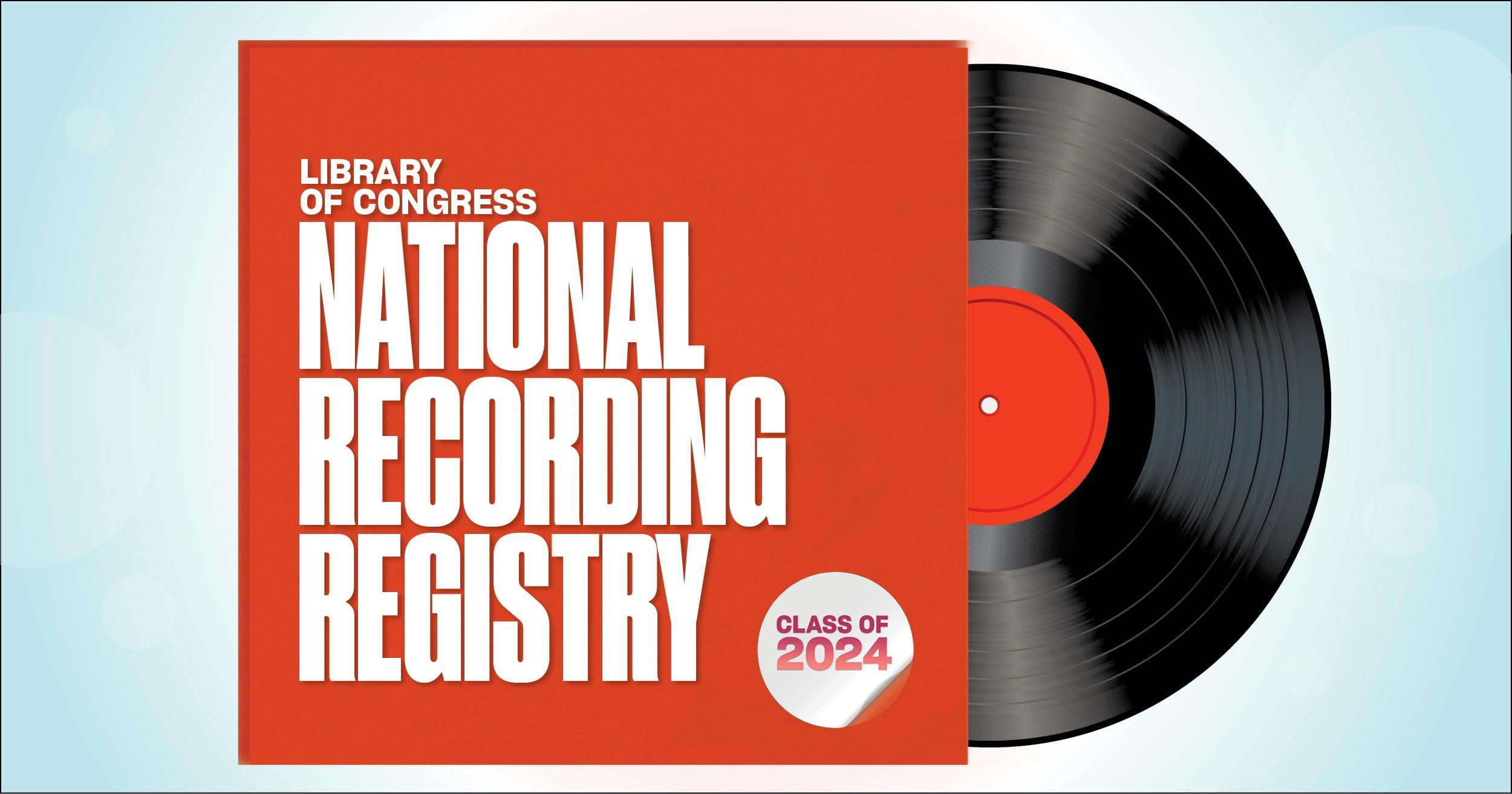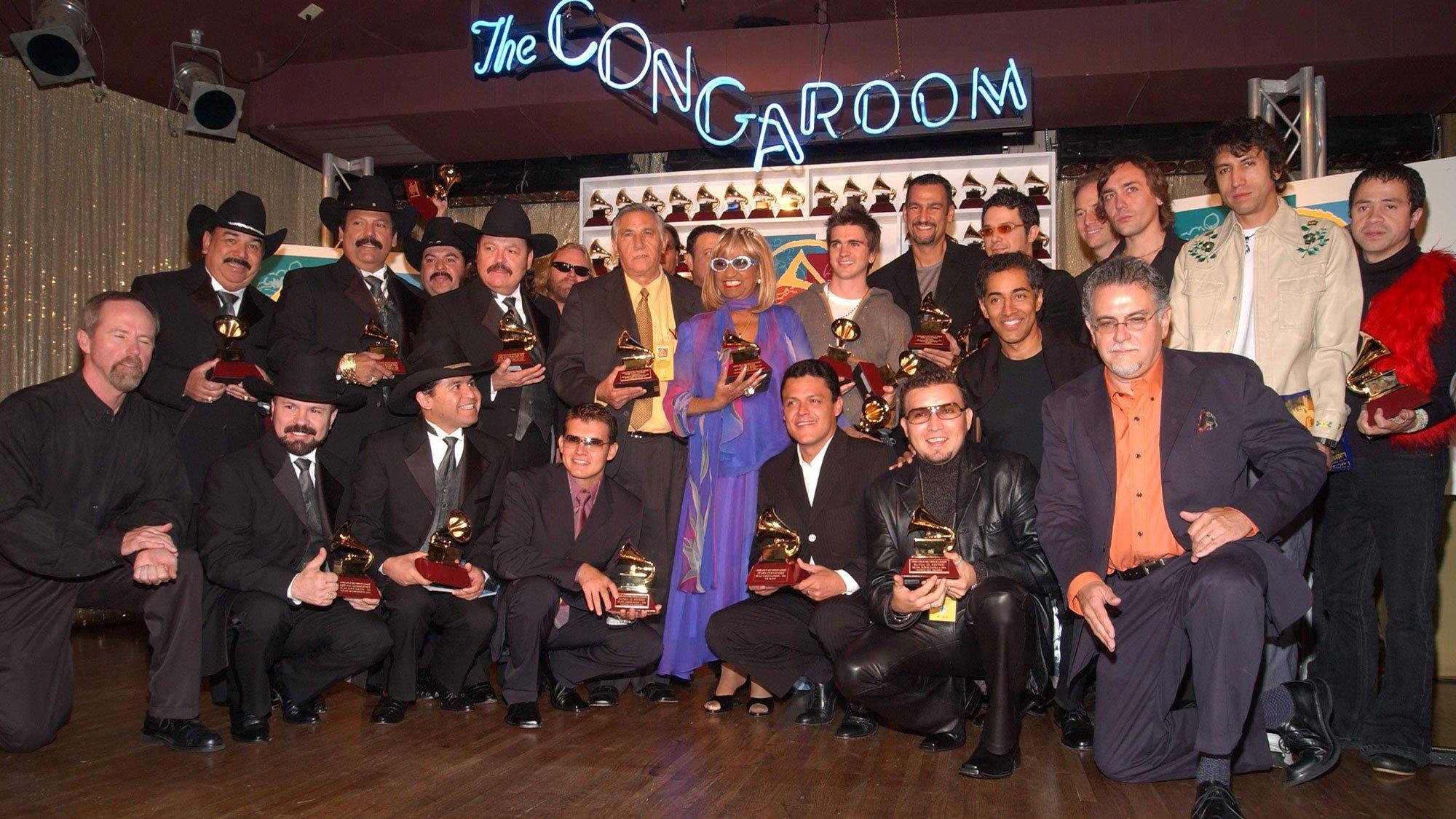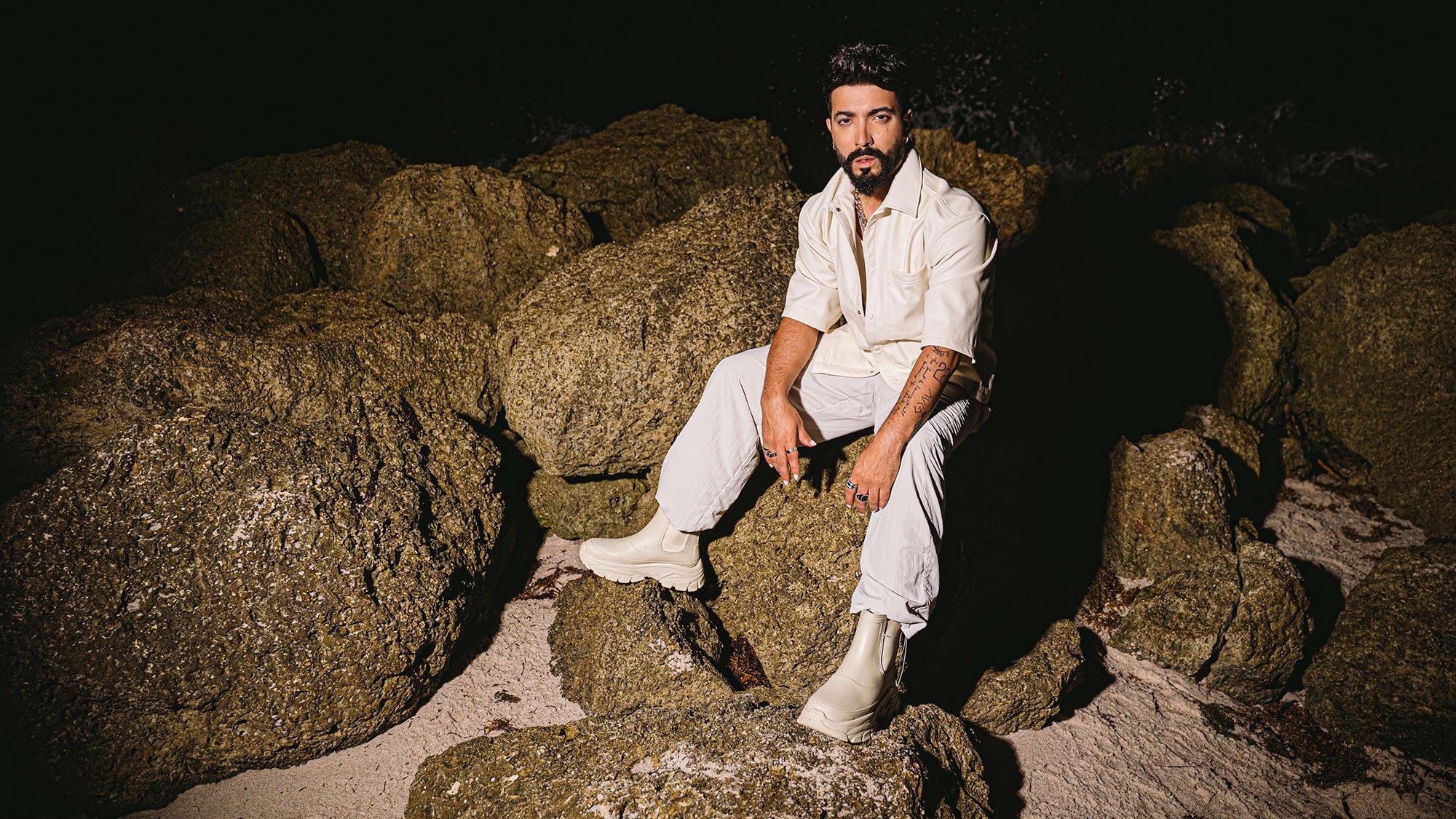The next decade in The Latin Recording Academy's continued evolution began today when nominations for the 11th Annual Latin GRAMMY Awards were announced at a press conference attended by national and international media at the Avalon in Hollywood, Calif.
Artists reading nominations this morning included pop/rock trio Camila, singer/songwriter Alex Cuba, two-time Latin GRAMMY winner Kany García, pop/rock group JotDog, band leader Mario Quintero Lara of Los Tucanes De Tijuana, bachata artist Prince Royce, Latin GRAMMY- and three-time GRAMMY-winning jazz instrumentalist Arturo Sandoval, two-time Latin GRAMMY and GRAMMY winner Gilberto Santa Rosa, and singer/songwriter/producer Aleks Syntek. In a year that recognized a diverse group of music makers across numerous genres, the nominations highlight an eclectic mix of established and emerging performers and creative professionals. The 11th Annual Latin GRAMMY Awards, set for Nov. 11 at the Mandalay Bay Events Center in Las Vegas, will be broadcast live on the Univision Network from 8–11 p.m. ET/PT (7 p.m. Central).
The leaders with four nominations each are:
Mario Domm: Album Of The Year and Best Pop Album By A Duo Or Group With Vocal for Dejarte De Amar (as a member of Camila); Record Of The Year for "Mientes" (as a member of Camila); and Song Of The Year for "Mientes" (with Mónica Vélez).
Jorge Drexler: Record Of The Year and Song Of The Year for "Una Canción Me Trajo Hasta Aquí"; Best Singer-Songwriter Album for Amar La Trama; and Best Long Form Music Video for La Trama Circular.
Juan Luis Guerra: Album Of The Year and Best Contemporary Tropical Album for A Son De Guerra; and Best Tropical Song and Best Short Form Music Video for "Bachata En Fukuoka."
Alejandro Sánz: Album Of The Year and Best Male Pop Vocal Album for Paraíso Express; and Record Of The Year and Song Of The Year for "Desde Cuando."
Earning three nods each are:
Camila: Album Of The Year and Best Pop Album By A Duo or Group With Vocal for Dejarte De Amar; and Record Of The Year for "Mientes."
Daddy Yankee: Best Urban Music Album for Mundial; and two nods for Best Urban Song — "Descontrol" and "Grito Mundial."
Lee Levin: Album Of The Year for Alejandro Sánz's Paraíso Express; Record Of The Year for Sánz's "Desde Cuando"; and Best Engineered Album for Diego Torres' Distinto (with Paul Acedo, Rafa Arcaute, Sebastian Krys, Daniel Ovie, Sebastian Perkal, Tom Russo, Esteban Varela, Dan Warner, and Lurssen Inc.).
Tommy Torres: Album Of The Year for Alejandro Sánz's Paraíso Express; and Record Of The Year and Song Of The Year (with Sánz) for Sánz's "Desde Cuando."
Dan Warner: Album Of The Year for Alejandro Sánz's Paraíso Express; Record Of The Year for Sánz's "Desde Cuando"; and Best Engineered Album for Diego Torres' Distinto (with Paul Acedo, Rafa Arcaute, Sebastian Krys, Lee Levin, Daniel Ovie, Sebastian Perkal, Tom Russo, Esteban Varela, and Lurssen Inc.).
Bebe, Rubén Blades, Buika, Andrés Calamaro, Dori Caymmi, Gustavo Cerati, Alex Cuba, El Cuarteto De Nos, Estrella, Maria Gadú, Gilberto Gil, Jotdog, Mala Rodríguez, and Vico C. are among those with two nominations. And a wide array of established music makers and rising artists — including Pepe Aguilar, Marc Anthony, Maria Bethânia, Miguel Bosé, Céu, Chino Y Nacho, Willie Colón, Don Omar, Alejandro Fernández, Pedro Fernández, Vicente Fernández, Fonseca, Nelly Furtado, Juan Gabriel, Kany García, Enrique Iglesias, India, Intocable, Los Tigres Del Norte, Los Tucanes De Tijuana, Sergio Mendes, Laura Pausini, Prince Royce, Jenni Rivera, Poncho Sanchez, Arturo Sandoval, Gilberto Santa Rosa, Lalo Schifrin, Joan Sebastian, Aleks Syntek, Thalia, Tito "El Bambino," Diego Torres, and Julieta Venegas — also earned nominations.
"After 10 years of recognizing the best and brightest in Latin music, the Latin GRAMMY nominations continue to bring together the worldwide Latin music community and spotlight a remarkably varied and wide-ranging group of Latin music makers that reflects emerging talent as well as established artists," said Gabriel Abaroa Jr., President/CEO of The Latin Recording Academy. "This year, it is especially encouraging to see the highest number of creative professionals to date participating in the awards process and recognizing their peers as The Latin Academy enters its next decade. We look forward to celebrating another year of excellence in recorded Latin music on Nov. 11 in Las Vegas."
This year's Album Of The Year category features a diverse array of worldwide artists and musical styles: Bebe for Y.; Miguel Bosé for Cardio; Camila for Dejarte De Amar; Juan Luis Guerra for A Son De Guerra; and Alejandro Sánz for Paraíso Express.
The race for Song Of The Year features some of the most prominent names in Latin music: Descemer Bueno & Enrique Iglesias for "Cuando Me Enamoro" (Enrique Iglesias Featuring Juan Luis Guerra); Alejandro Sánz & Tomas Torres for "Desde Cuando" (Alejandro Sánz); Rubén Blades for "Las Calles" (Rubén Blades); Mario Domm & Mónica Vélez for "Mientes" (Camila); and Jorge Drexler for "Una Canción Me Trajo Hasta Aquí" (Jorge Drexler).
This year's Latin GRAMMY Awards process registered the highest number of submissions ever. However, due to low entries in Categories 22 and 39 — Best Grupero Album and Best Tropical Brazilian Roots Album — submissions in those categories were combined within other categories for consideration. Additionally, Categories 10 and 11 — Best Rock Solo Vocal Album and Best Rock Album By A Duo Or Group With Vocal — have been combined into Best Rock Album. As a result of these changes, the 11th Annual Latin GRAMMY Awards will feature 46 out of 48 categories.
The 11th Latin GRAMMY Awards will be supported on radio via Univision Radio (the official Spanish-language radio network of the Latin GRAMMY Awards), and highlighted on the Internet at www.latingrammy.com and www.latingrammy.univision.com, featuring video interviews and behind-the-scenes footage from today's nominations announcement.
For media credentialing instructions and more information, please visit www.latingrammy.com. For updates and breaking news, please visit The Latin Recording Academy's social networks on Twitter and Facebook. A limited number of tickets to the 11th Annual Latin GRAMMY Awards will be available for sale to the public starting Sept. 17, and may be purchased at the Mandalay Bay Events Center box office (877.632.7400) or through Ticketmaster.




